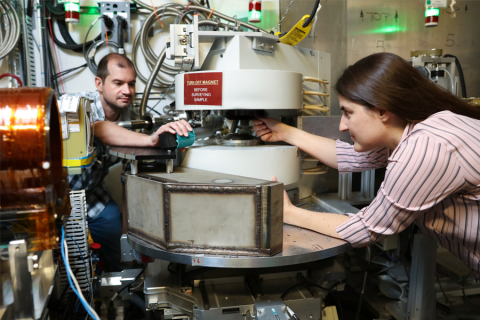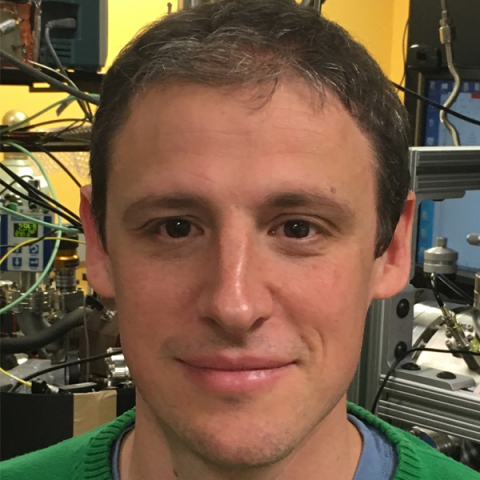VCU researchers addresses an important area for medicine, industry and science: Understanding how liquids — mainly water — interact with surfaces.
The findings should aid researchers developing antiviral drugs and treatments, and provide new insights into how this large class of viruses work.

At the Center for Nanophase Materials Sciences, Director Karren More leads her team in pushing the known edge of nanomaterials research.

When nuclear scientists use different techniques to measure the neutron lifetime, they get different results. Could this be pointing to new physics?
MSU scientists are working to unlock the secrets of photosynthesis, which might spur an agricultural revolution.

University of Nebraska-Lincoln’s Martin Centurion is capturing images of molecules in real time, on a timescale of less than a trillionth of a second.
Data Posted Online as an Open Resource for Scientists Developing Coronavirus Treatments

Studying microorganisms from extreme environments is leading to new, multi-disciplinary approaches towards understanding microbial symbiosis.

Over the course of two decades, Chris Polly has been investigating the difference between measurement and theory in muons, a fundamental particle.
Strategically varying composition of organic layers can "tune" color of light absorbed by perovskites.

